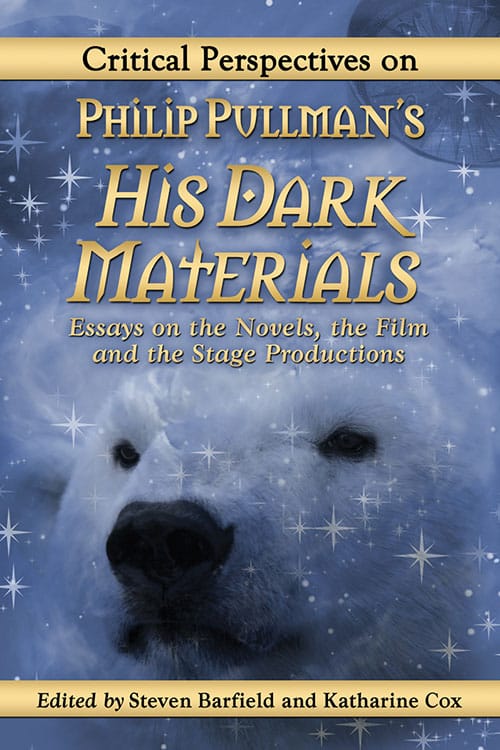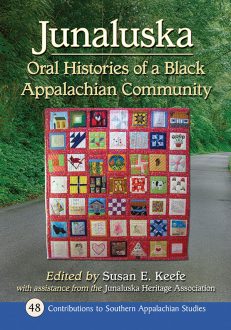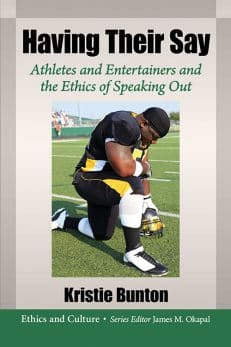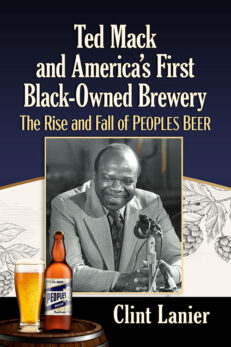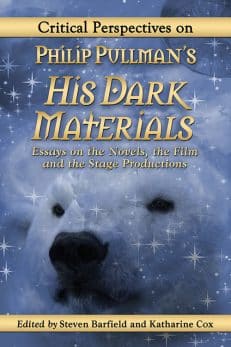Critical Perspectives on Philip Pullman’s His Dark Materials
Essays on the Novels, the Film and the Stage Productions
$29.95
In stock
About the Book
Philip Pullman’s His Dark Materials stands as a landmark in fantasy literature. Comprised of the novels The Golden Compass, The Subtle Knife, and The Amber Spyglass, the award-winning epic trilogy has been adapted for radio, stage, and film in both Britain and the United States, though it remains controversial for its negative depiction of religion. Herein, scholars from various literary, philosophical, and theatrical fields explore His Dark Materials, addressing numerous topics relevant to reading, studying and understanding the work, including its basis in Milton’s Paradise Lost; the influence of science fiction on the series; issues of social class, religion, sexuality, and gender; postcolonial perspectives; and recent stage productions.
About the Author(s)
Bibliographic Details
Edited by Steven Barfield and Katharine Cox
Format: softcover (6 x 9)
Pages: 288
Bibliographic Info: 4 photos, notes, bibliographies, index
Copyright Date: 2011
pISBN: 978-0-7864-4030-6
Imprint: McFarland
Table of Contents
Introduction
KATHARINE COX 1
I. ADVERSARIES AND INFLUENCES
1. Recasting John Milton’s Paradise Lost: Intertextuality, Storytelling and Music
RACHEL FALCONER 11
2. “When I Grow Up I Want to Be…”: Conceptualization of the Hero Within the Works of C.S. Lewis, J.R.R. Tolkien and Philip Pullman
PHIL CARDEW 28
3. Constructions of the Child, Authority and Authorship: The Reception of C.S Lewis and Philip Pullman
ELISABETH ELDRIDGE 40
4. “Dark Materials to Create More Worlds”: Considering His Dark Materialsas Science Fiction
STEVEN BARFIELD 57
II. TRADITIONS AND LEGACIES
5. Revitalizing the Old Machines of a Neo-Victorian London: Reading the Cultural Transformations of Steampunk and Victoriana
STEVEN BARFIELD and MARTYN COLEBROOK 75
6. Revisiting the Colonial: Victorian Orphans and Postcolonial Perspectives
LAURA PETERS 93
7. Exploring and Challenging the Lapsarian World of Young Adult Literature: Femininity, Shame, the Gyptians, andSocial Class
NICOLA ALLEN 111
8. “Imagine Dust with a Capital Letter”: Interpreting the Social and Cultural Contexts for Philip Pullman’s Transformation of Dust
KATHARINE COX 126
III. RELIGION, SEXUALITY AND GENDER
9. The Man Who Walked with God: Phillip Pullman’s Metatron, the Biblical Enoch, and the Apocrypha
JOHN HAYDN BAKER 143
10. The Republic of Heaven: East, West and Eclecticism in Pullman’s Religious Vision
J’ANNINE JOBLING 154
11. “Walking into Mortal Sin”: Lyra, the Fall, and Sexuality
TOMMY HALSDORF 172
12. Becoming Human: Desire and the Gendered Subject
SARAH GAMBLE 187
13. After the Fall: Queer Heterotopias
SALLY R. MUNT 202
IV. DRAMATIZING HIS DARK MATERIALS
14. Staging the Impossible: Severance and Separation in the National Theatre’s Adaptation
PATRICK DUGGAN 219
15. Staging and Performing His Dark Materials: From the National Theatre Productions to Subsequent Productions
KARIAN SCHUITEMA 239
Bibliography 267
About the Contributors 273
Index 275
Book Reviews & Awards
- “Certainly one of the most comprehensive collections of essays on my work…I’m most grateful.” — Philip Pullman
- “Adds to the discussion with pieces like Cox’s essay on cultural aspects of dust and Dust, Jobling’s humble suggestions of unintentional Buddhist leanings, and Baker’s account of Apocryphal influence on the narrative. This reviewer greatly enjoyed seeing discussions of physical staging in the book’s final section.” — Mythlore
- “Uniquely valuable contribution…adds something entirely new to the appreciation of dramatizing Pullman’s work…gives a British perspective on a contemporary masterpiece of British literature.”—Children’s Literature Association Quarterly

